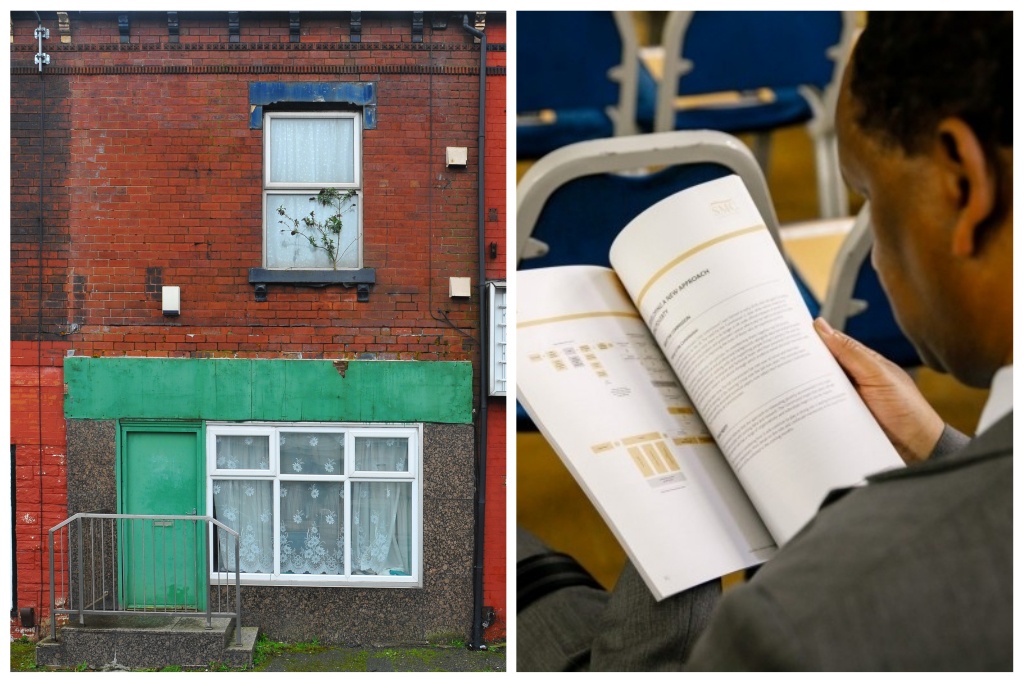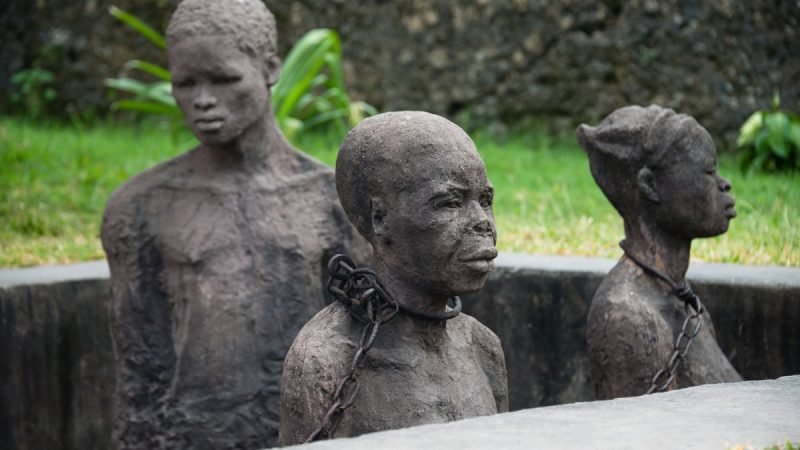New report finds that poverty rates higher for BAME families

A new report published today by the Social Metrics Commission (SMC) highlights an increase in deep poverty over the last 20 years and that poverty rates are higher for BAME families. Nearly half (46%, 900,000 people) of all people living in families where the household head is Black/African/Caribbean/Black British were in poverty, compared to just under one in five (19%, 10.7 million people) of those living in families where the head of household is White.
Although the poverty rate in the UK has remained largely unchanged over the last 20 years, there has been a significant increase in the proportion of people living in deep poverty (that is, more than 50% below the poverty line), and SMC warns that it is those in deep poverty who are being most significantly impacted by the coronavirus.
The report reveals that:
- Before the coronavirus pandemic struck, there were 4.5 million people (7% of the UK population) living in deep poverty, up from 2.8 million (5% of the population) two decades ago.
- This is in contrast to the overall rate of poverty, which has changed relatively little over the same period (decreasing from 23% in 2000/01 to 22% in the latest figures).
The report emphasises the importance of looking beyond headline numbers of people in poverty to understand the nature of that poverty, and provides a baseline to help understand the potential impacts of the COVID-19 crisis. YouGov survey data included in the report reveals that those living in deep poverty before the pandemic have experienced the largest changes in employment since then:
- Two in three (65%) of those employed and in deep poverty prior to the crisis have seen reduced hours or earnings, been furloughed, and/or lost their job. This compares to one in three (35%) of those employed and living in families more than 20% above the poverty line prior to the crisis.
- More than a third (36%) of those in deep poverty have had their hours or pay reduced as a result of the crisis, compared to less than a quarter (22%) of those living more than 20% above the poverty line.
The report also shows that:
Families in poverty where the adults work full time are less likely to experience deep poverty. Nearly one in five (19%) of those in poverty in full-time work families are in deep poverty, compared to over four in ten (43%) of those in poverty in part-time work families and half (50%) of those in poverty in workless families.
If the rate of deep poverty was the same today as it was in 2000/01, 1.3 million fewer people would now be in deep poverty.
Commenting on the report Philippa Stroud, Chair of the SMC and CEO of the Legatum Institute, said, “It is extremely concerning that the proportion of people experiencing deep poverty has risen since the millennium, through Governments of all colour, and is likely to continue to increase as the country struggles with the ongoing effects of the coronavirus pandemic.”
“Our analysis indicates a picture where, over the last 20 years, rising employment rates for those in poverty were helping families move out of deep poverty, so they were more likely to be able to escape poverty in the future. A reversal of this employment success story will likely lead to many of those already experiencing poverty moving into deeper poverty. Supporting employment, especially for those on the lowest incomes, must remain a key priority of Government.”
“The SMC’s analysis of those in deep poverty also demonstrates the importance of looking beyond previous headline poverty measures to ensure that all those living in poverty are not viewed as a single group. Poverty is more likely to be experienced by some families than others, and the nature of that experience is also incredibly varied. The causes and implications of these various types and experiences of poverty are different, which means the approach needed to tackle them will be different.”
Key findings
The report reveals that, prior to the COVID-19 crisis:
- The overall rate of poverty in the UK was 22%. There were 14.4 million people living in poverty. This included 4.5 million children; 8.5 million working-age adults; and 1.3 million pension-age adults.
- Half (50%) of all people in poverty lived in a family that included a disabled person. There were 4 million people in poverty who were themselves disabled and another 3.2 million lived in a family that included someone else who is disabled.
- Poverty rates were highest amongst families with children. The poverty rate for people living in couple families without children was 11% (1.4 million people), compared to 26% (5.9 million people) for people in couple families with children and 48% (2.4 million people) for those in lone-parent families.
- Poverty rates were higher for Black and Minority Ethnic families. Nearly half (46%, 900,000 people) of all people living in families where the household head is Black/African/Caribbean/Black British were in poverty, compared to just under one in five (19%, 10.7 million people) of those living in families where the head of household is White.
- Poverty rates varied slightly across the UK’s four nations. The highest poverty rate was 23% in Wales, compared to 22% in England, 21% in Northern Ireland, and 19% in Scotland. Poverty rates varied significantly between English regions. Poverty rates were highest in London (29%) and the North East (26%), and lowest in the South West, South East, and East of England (all 18%).
Download a copy of the SMC Measuring Poverty 2020 report.
* BAME denotes the term Black, Asian and Minority Ethnic.




